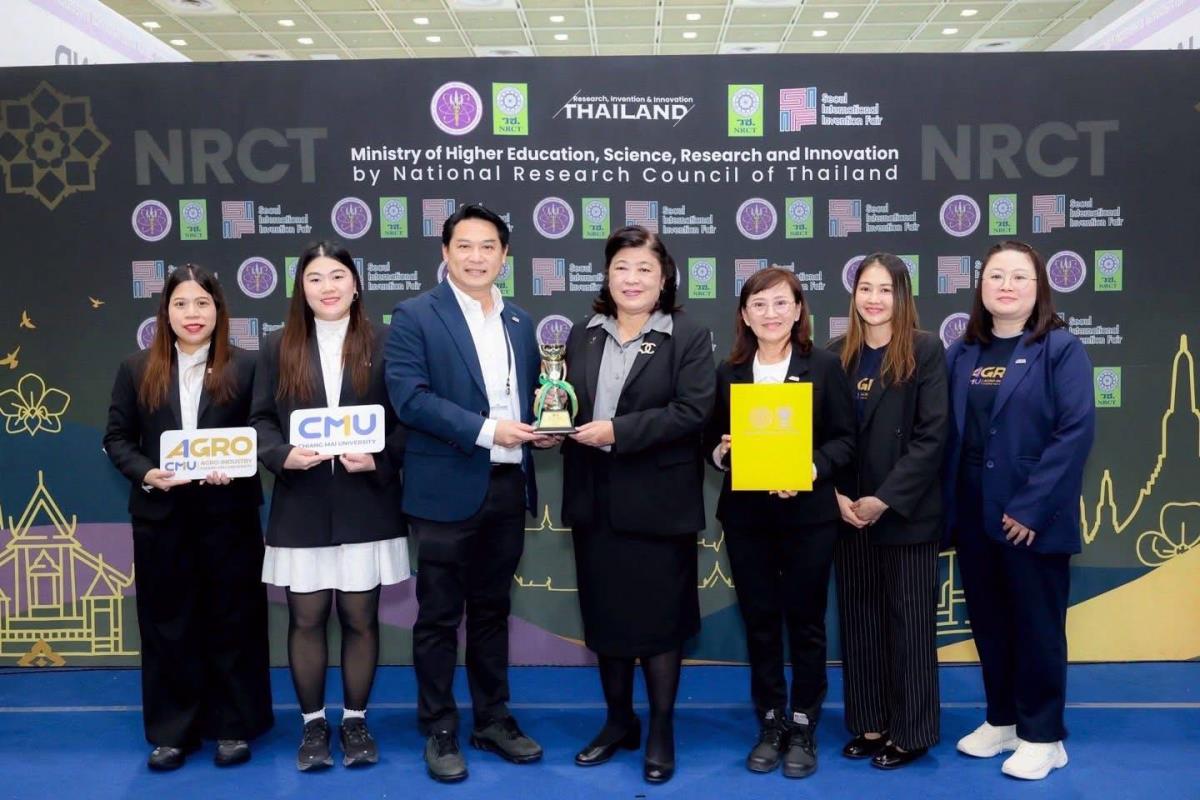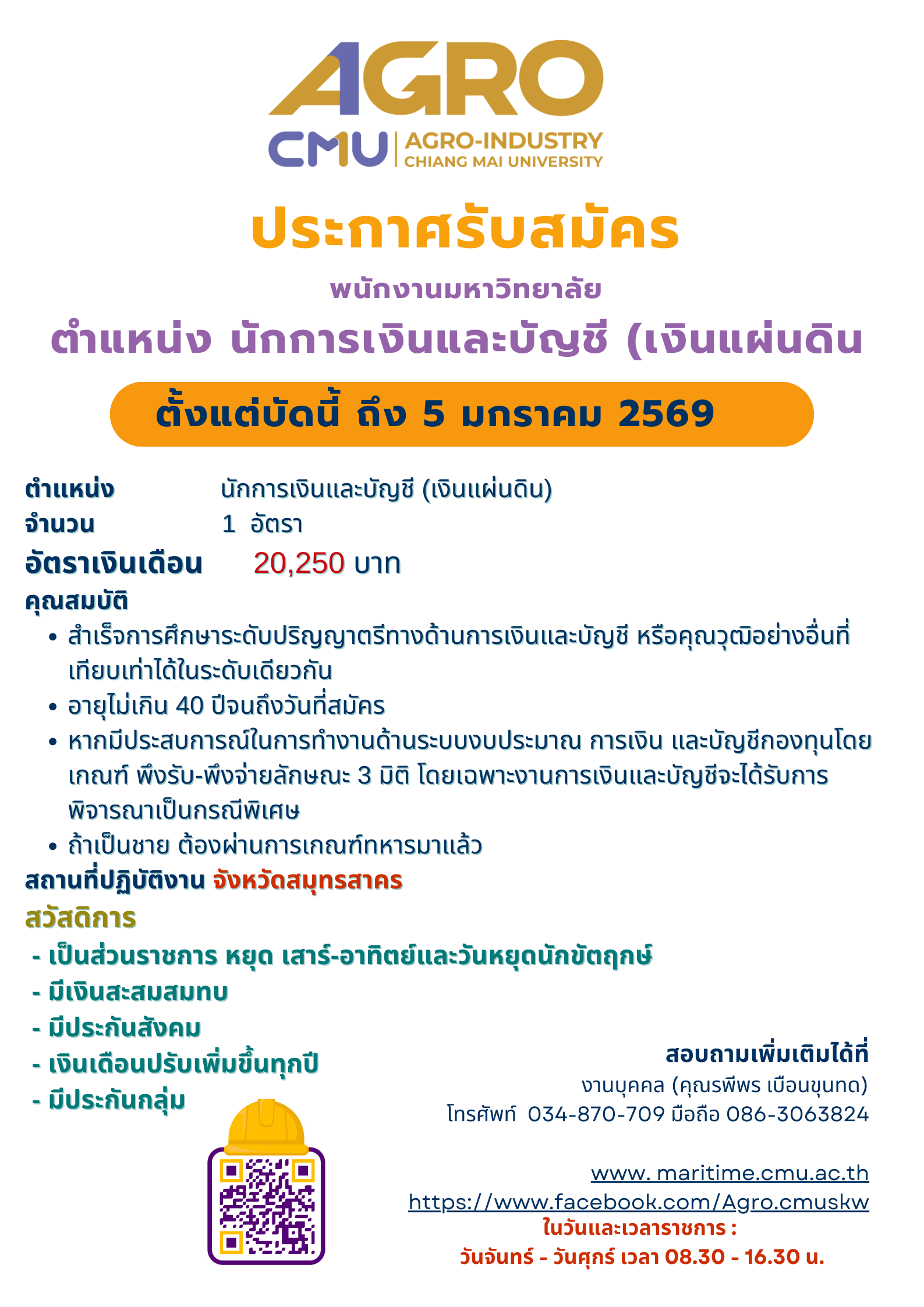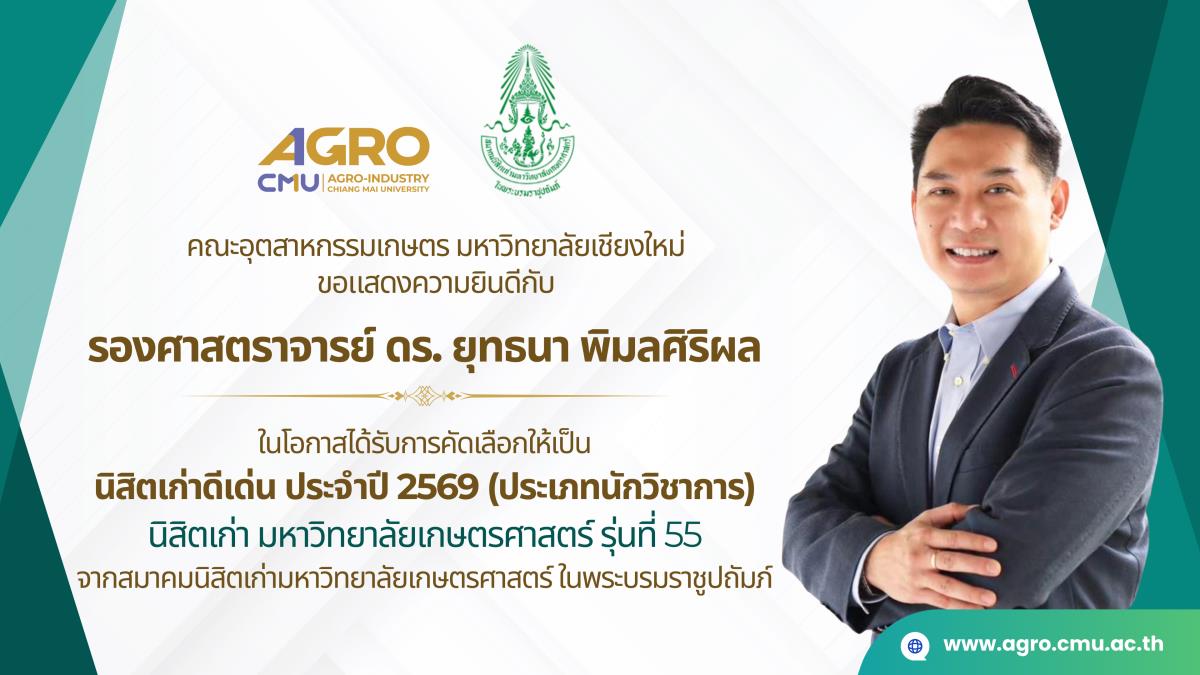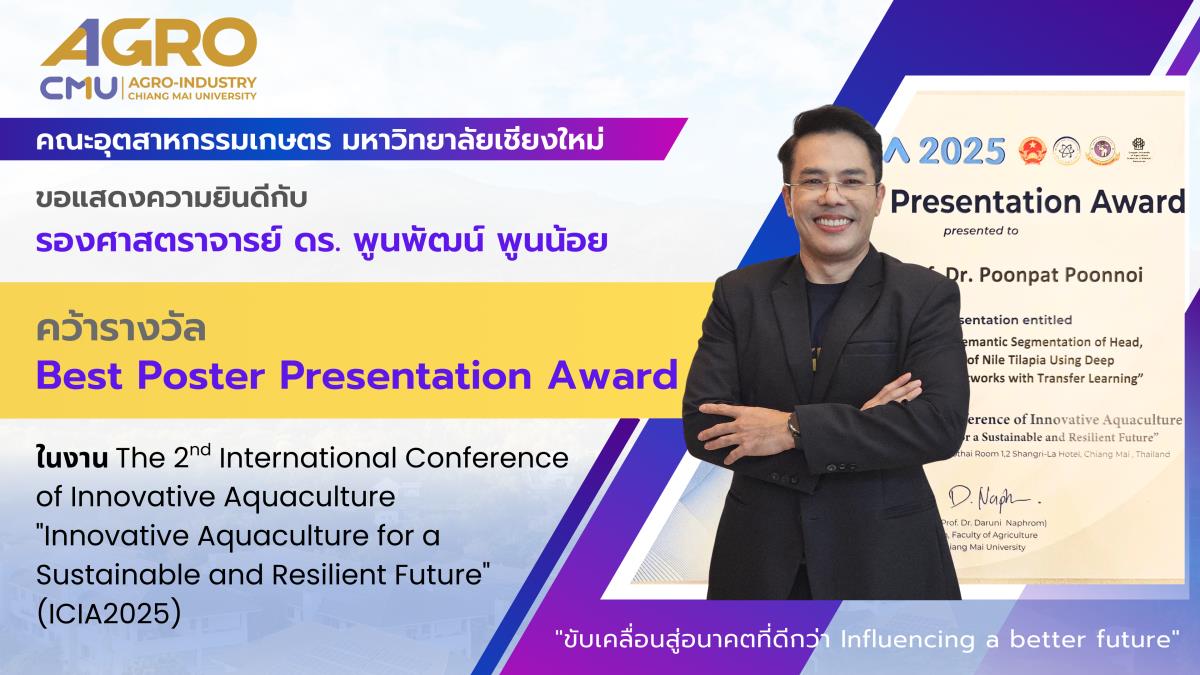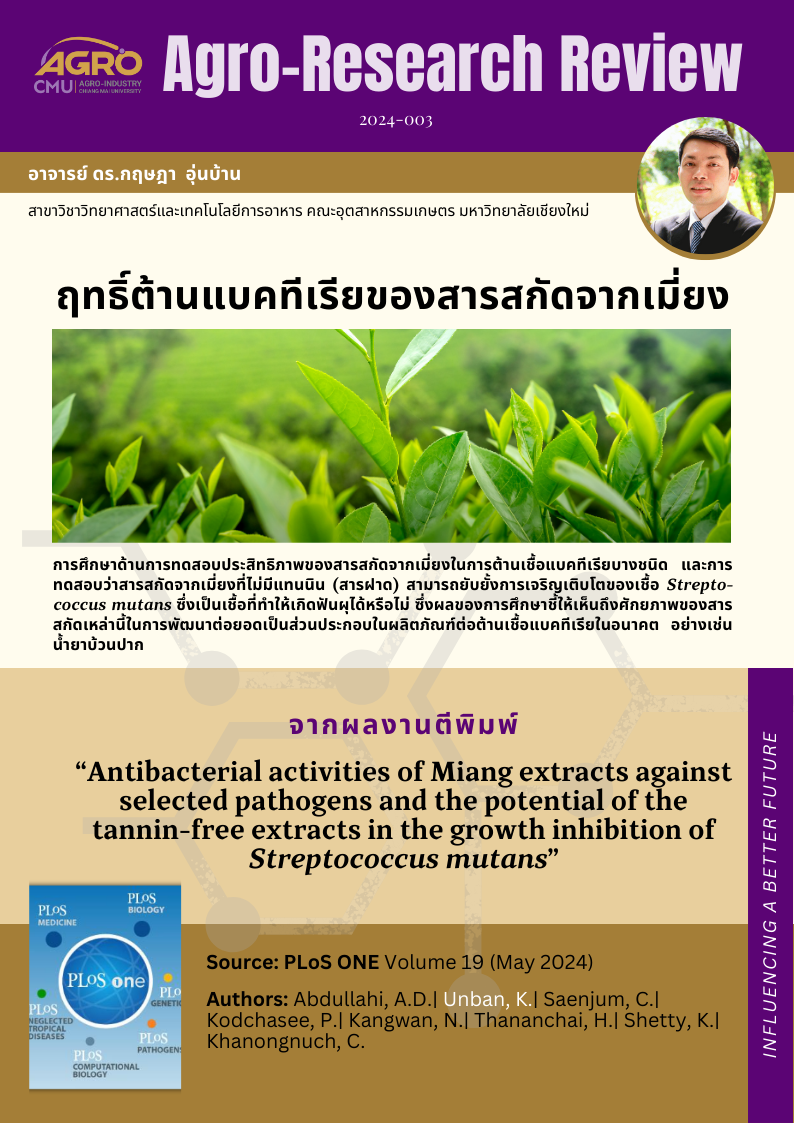
แนะนำงานวิจัย 2024-003 ฤทธิ์ต้านแบคทีเรียของสารสกัดจากเมี่ยง
แนะนำงานวิจัย 2024-003: ฤทธิ์ต้านแบคทีเรียของสารสกัดจากเมี่ยง
การศึกษาด้านการทดสอบประสิทธิภาพของสารสกัดจากเมี่ยงในการต้านเชื้อแบคทีเรียบางชนิด และการทดสอบว่าสารสกัดจากเมี่ยงที่ไม่มีแทนนิน (สารฝาด) สามารถยับยั้งการเจริญเติบโตของเชื้อ Streptococcus mutans ซึ่งเป็นเชื้อที่ทำให้เกิดฟันผุได้หรือไม่ ซึ่งผลของการศึกษาชี้ให้เห็นถึงศักยภาพของสารสกัดเหล่านี้ในการพัฒนาต่อยอดเป็นส่วนประกอบในผลิตภัณฑ์ต่อต้านเชื้อแบคทีเรียในอนาคต อย่างเช่น น้ำยาบ้วนปาก
The study on the efficacy of Miang extract in inhibiting certain types of bacteria and testing whether tannin-free Miang extract can inhibit the growth of Streptococcus mutans, a bacteria that causes tooth decay, suggests the potential of these extracts for further development as components in antibacterial products in the future, such as mouthwash.
Topic: Antibacterial activities of Miang extracts against selected pathogens and the potential of the tannin-free extracts in the growth inhibition of Streptococcus mutans
Authors: Abdullahi, A.D.| Unban, K.| Saenjum, C.| Kodchasee, P.| Kangwan, N.| Thananchai, H.| Shetty, K.| Khanongnuch, C.
Abstract:
Bacterial pathogens have remained a major public health concern for several decades. This study investigated the antibacterial activities of Miang extracts (at non-neutral and neutral pH) against Bacillus cereus TISTR 747, Escherichia coli ATCC 22595, Salmonella enterica serovar Typhimurium TISTR 292 and Streptococcus mutans DMST 18777. The potential of Polyvinylpolypyrrolidone (PVPP)-precipitated tannin-free Miang extracts in growth-inhibition of the cariogenic Streptococcus mutans DMST 18777 and its biofilms was also evaluated. The tannin-rich fermented extracts had the best bacterial growth inhibition against S. mutans DMST 18777 with an MIC of 0.29 and 0.72 mg/mL for nonfilamentous fungi (NFP) Miang and filamentous-fungi-processed (FFP) Miang respectively. This observed anti-streptococcal activity still remained after PVPP-mediated precipitation of bioactive tannins especially, in NFP and FFP Miang. Characterization of the PVPP-treated extracts using High performance liquid chromatography quadrupole-time of flight-mass spectrometry (HPLC-QToF-MS) analysis, also offered an insight into probable compound classes responsible for the activities. In addition, Crystal violet-staining also showed better IC50 values for NFP Miang (4.30 ± 0.66 mg/mL) and FFP Miang (12.73 ± 0.11 mg/mL) against S. mutans DMST 18777 biofilms in vitro. Homology modeling and molecular docking analysis using HPLC-MS identified ligands in tannin-free Miang supernatants, was performed against modelled S. mutans DMST 18777 sortase A enzyme. The in silico analysis suggested that the inhibition by NFP and FFP Miang might be attributed to the presence of ellagic acid, flavonoid aglycones, and glycosides. Thus, these Miang extracts could be optimized and explored as natural active pharmaceutical ingredients (NAPIs) for applications in oral hygienic products.
Keywords: Anti-Bacterial Agents; Bacterial Proteins; Biofilms; Microbial Sensitivity Tests; Molecular Docking Simulation; Plant Extracts; Streptococcus mutans; Tannins
View at publisher: https://journals.plos.org/plosone/article?id=10.1371/journal.pone.0302717
#อกมช. #agrocmu #CMU

